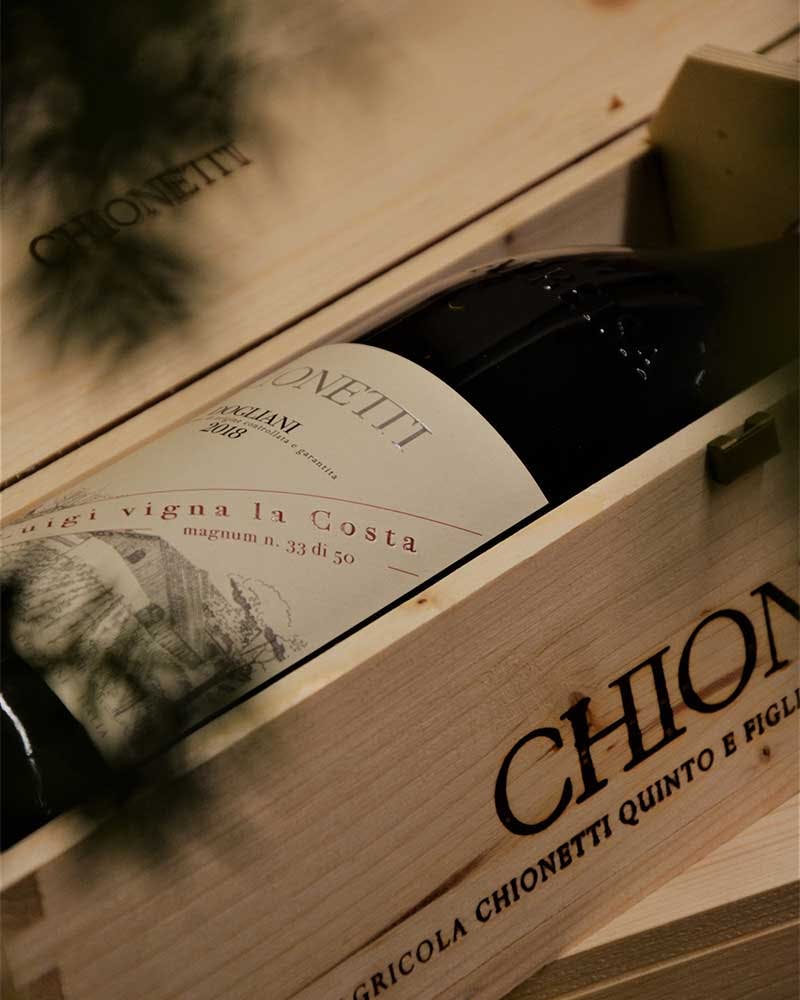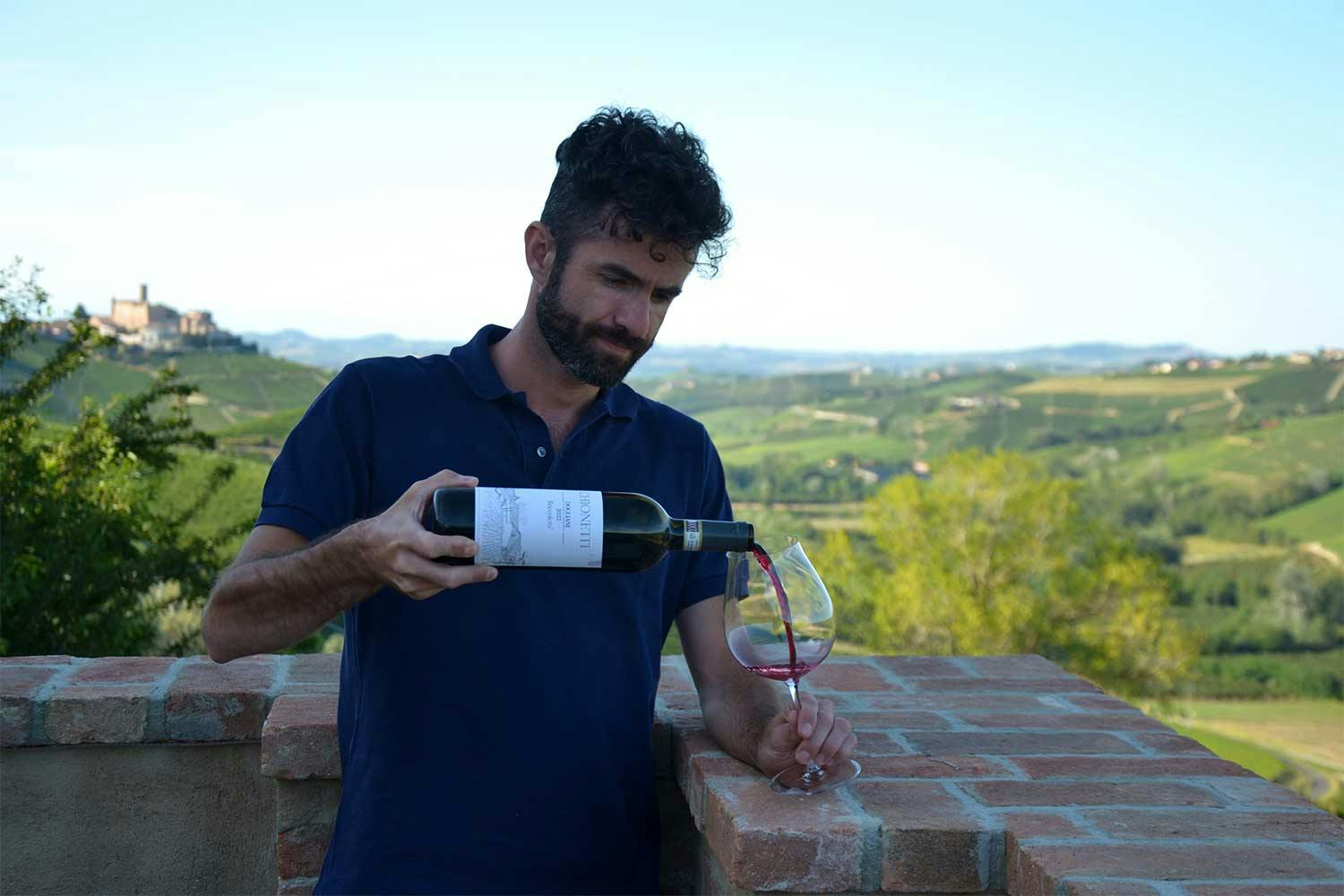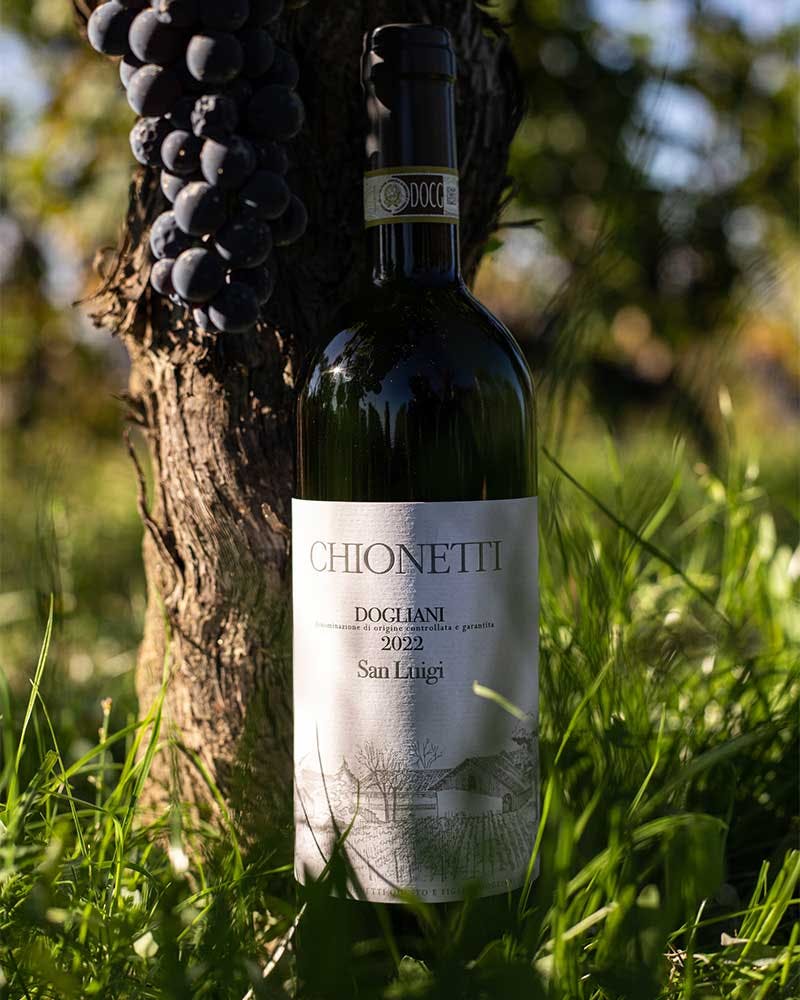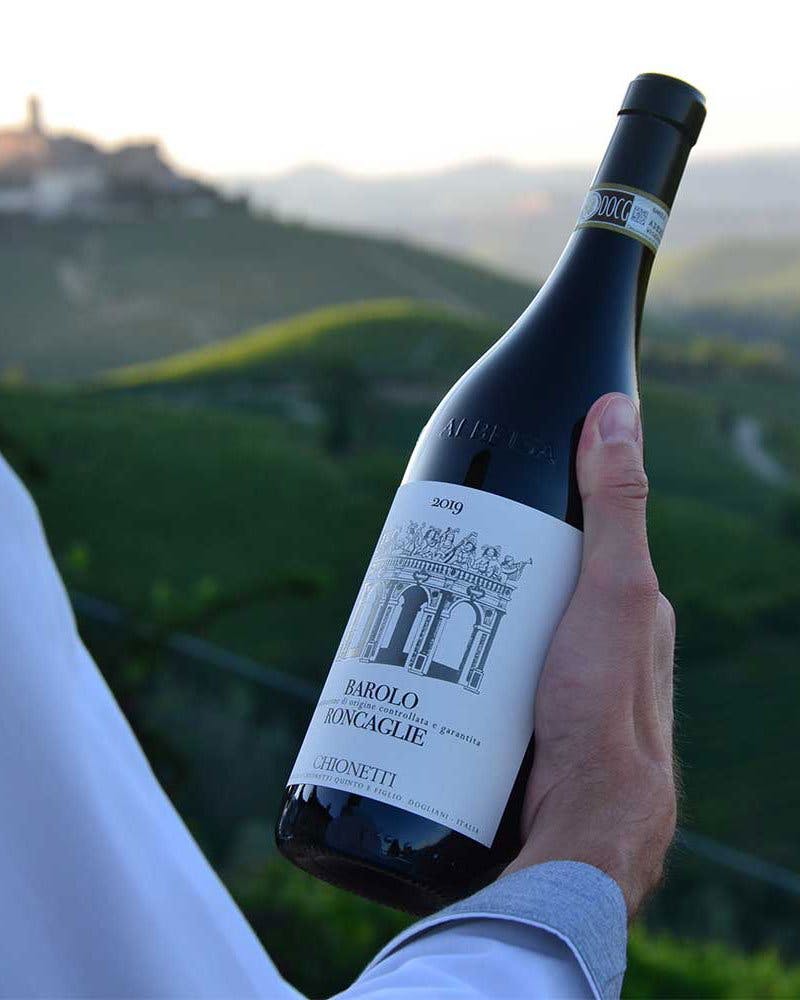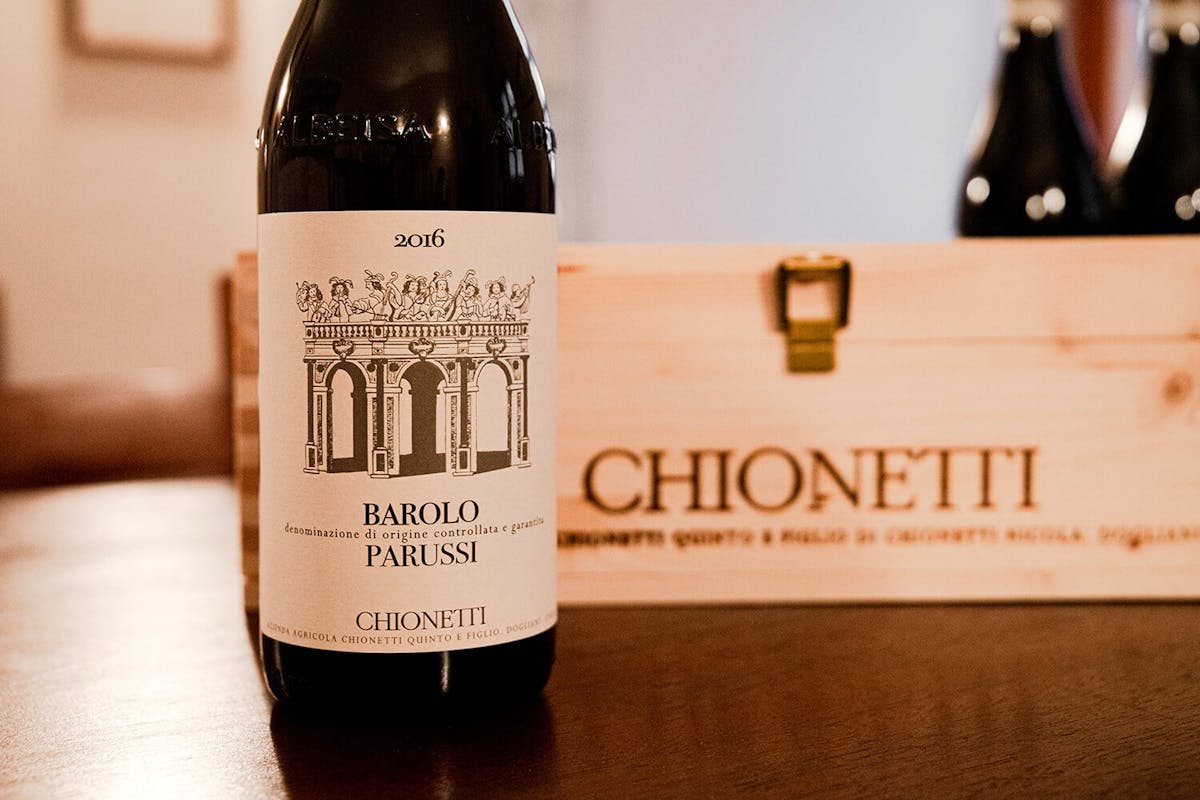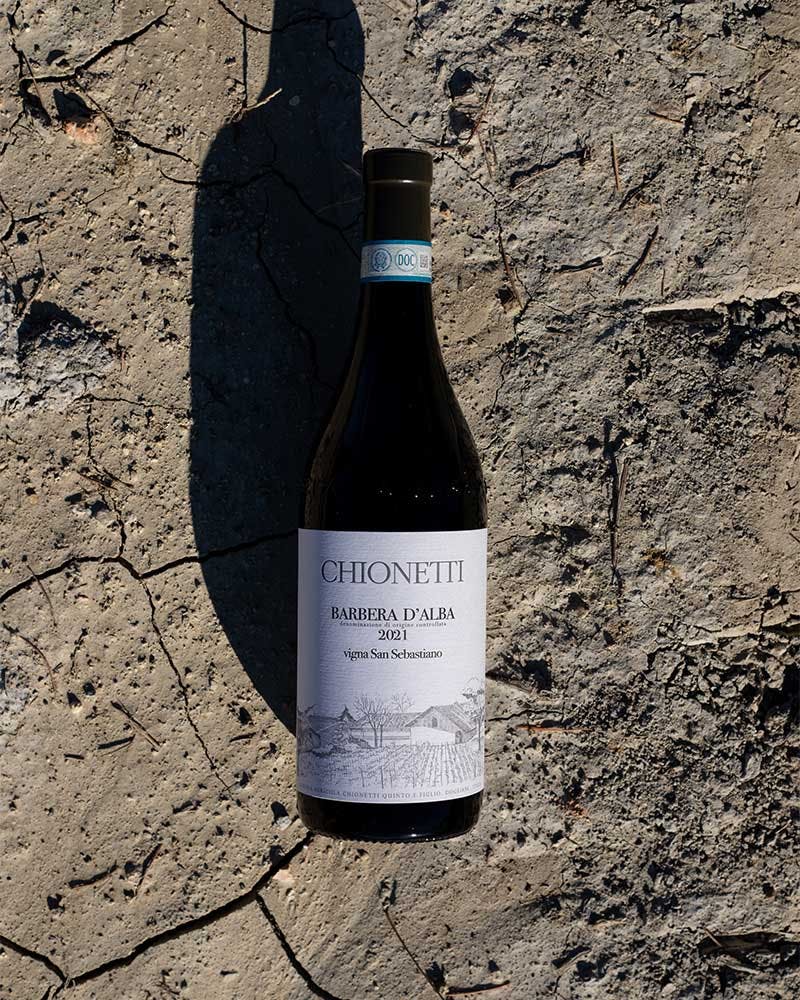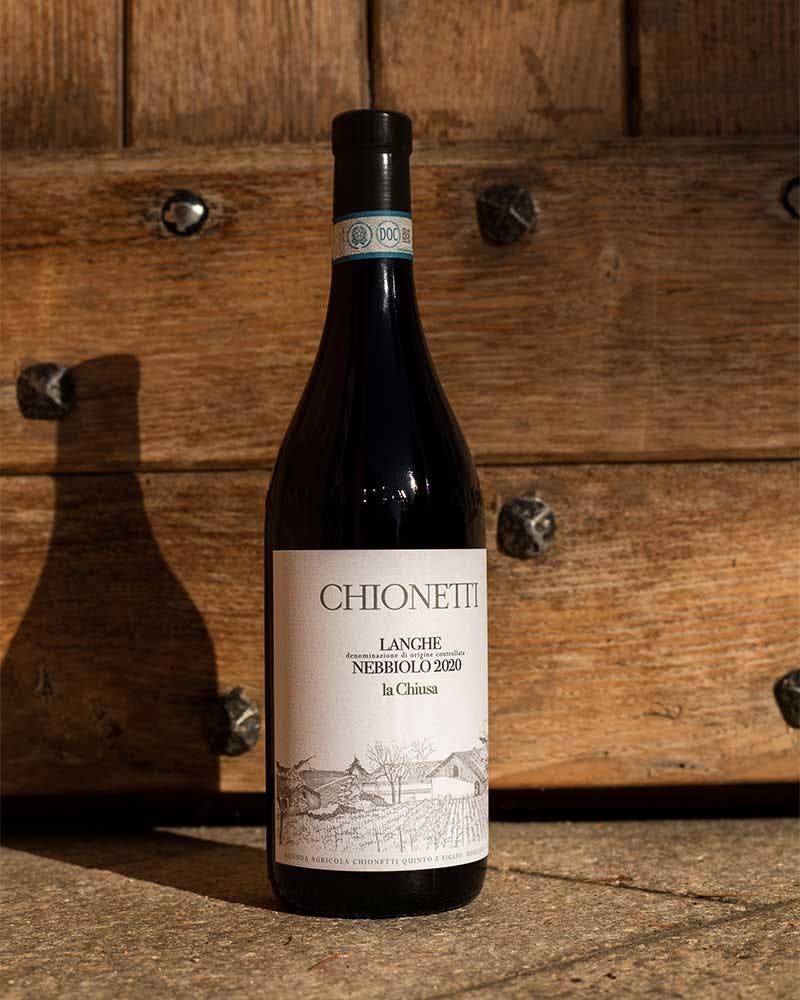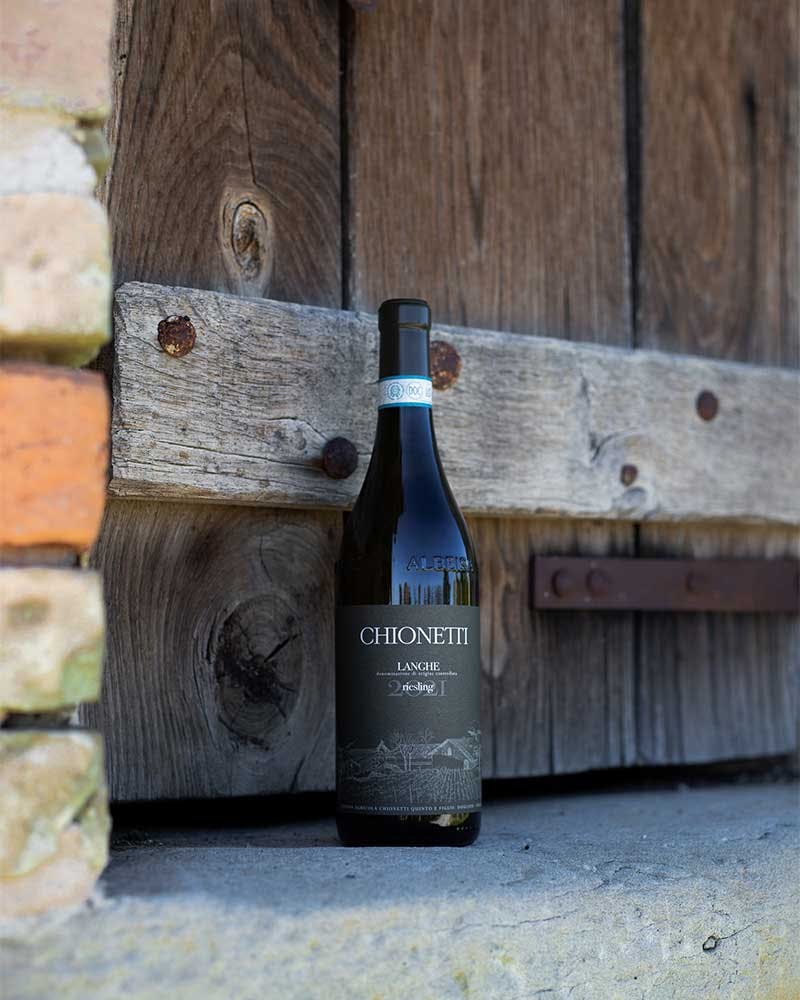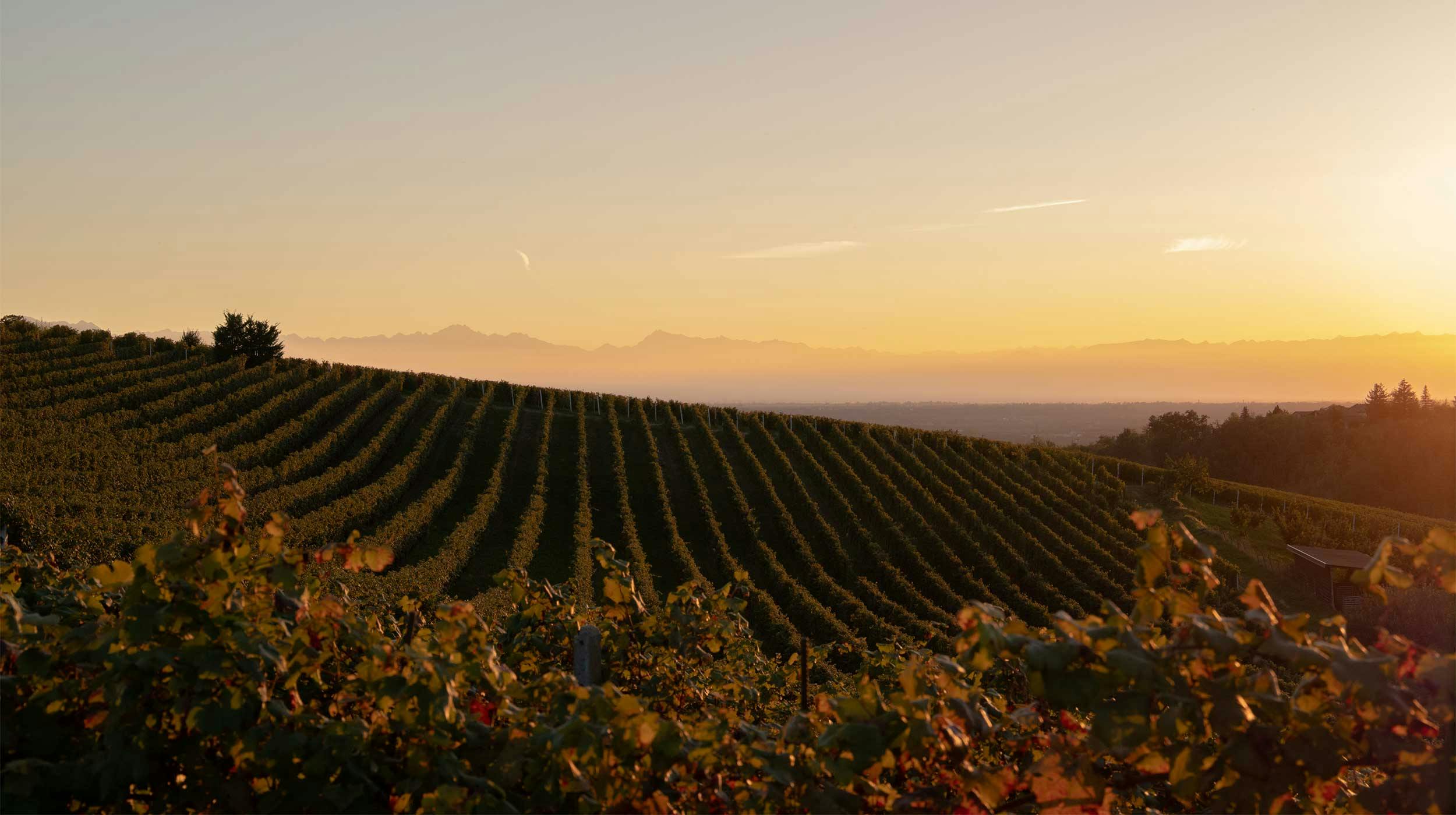
Il nostro Territorio
Da Dogliani a Barolo
DoglianiI nostri vini nascono a Dogliani, nello straordinario territorio delle Langhe sudoccidentali. Il territorio di Dogliani ha una storia secolare, una delle più antiche del Piemonte, quando si tratta di coltivazione e vinificazione del dolcetto. Qui infatti si trovano la terra e il clima ideali per questa difficile varietà. Le colline sono più alte e più vicine alle Alpi Marittime, le temperature più fresche e i terreni sono quelli nobili delle Langhe dove si producono vini unici.
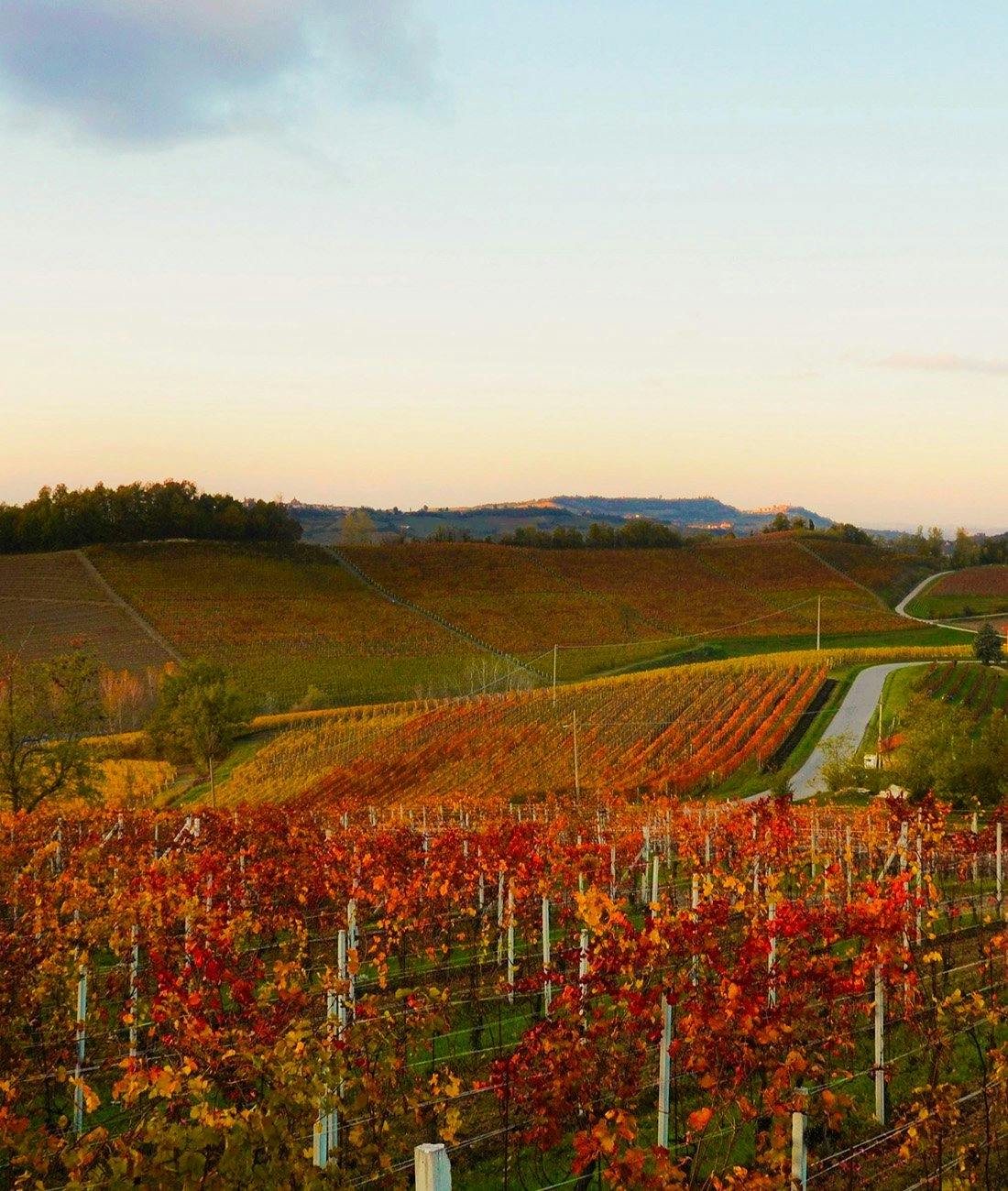
La famiglia Chionetti lega la propria storia alla vite già dal xix secolo. Dal 1912, quando Giuseppe Chionetti acquistò la cascina in San Luigi di Dogliani, al 2015, quando Nicola e Maria hanno iniziato a vinificare Barolo, si sono susseguite cinque generazioni.
La valle di San Luigi
Nella frazione di San Luigi, proprio accanto alla nostra cantina, si estendono le vigne di dolcetto. Già negli anni '60, Quinto Chionetti riconobbe che il versante sud-ovest della collina di San Luigi donava ai vini una certa prontezza, mentre dal versante sud-est scaturivano vini di maggiore struttura e mineralità. Questa diversità è principalmente attribuibile alle peculiari caratteristiche del terreno.
Sul versante occidentale, da cui nasce il nostro San Luigi, il terreno si distingue per la sua fertilità e una tonalità leggermente rossastra, con una maggiore presenza di argilla. Dall’altro lato, sul ripido versante orientale e sulla cima della collina, che raggiunge i 500 m, da cui provengono i nostri Briccolero e San Luigi vigna La Costa, il terreno si presenta più chiaro e offre una composizione originale di argilla, limo e sabbia.
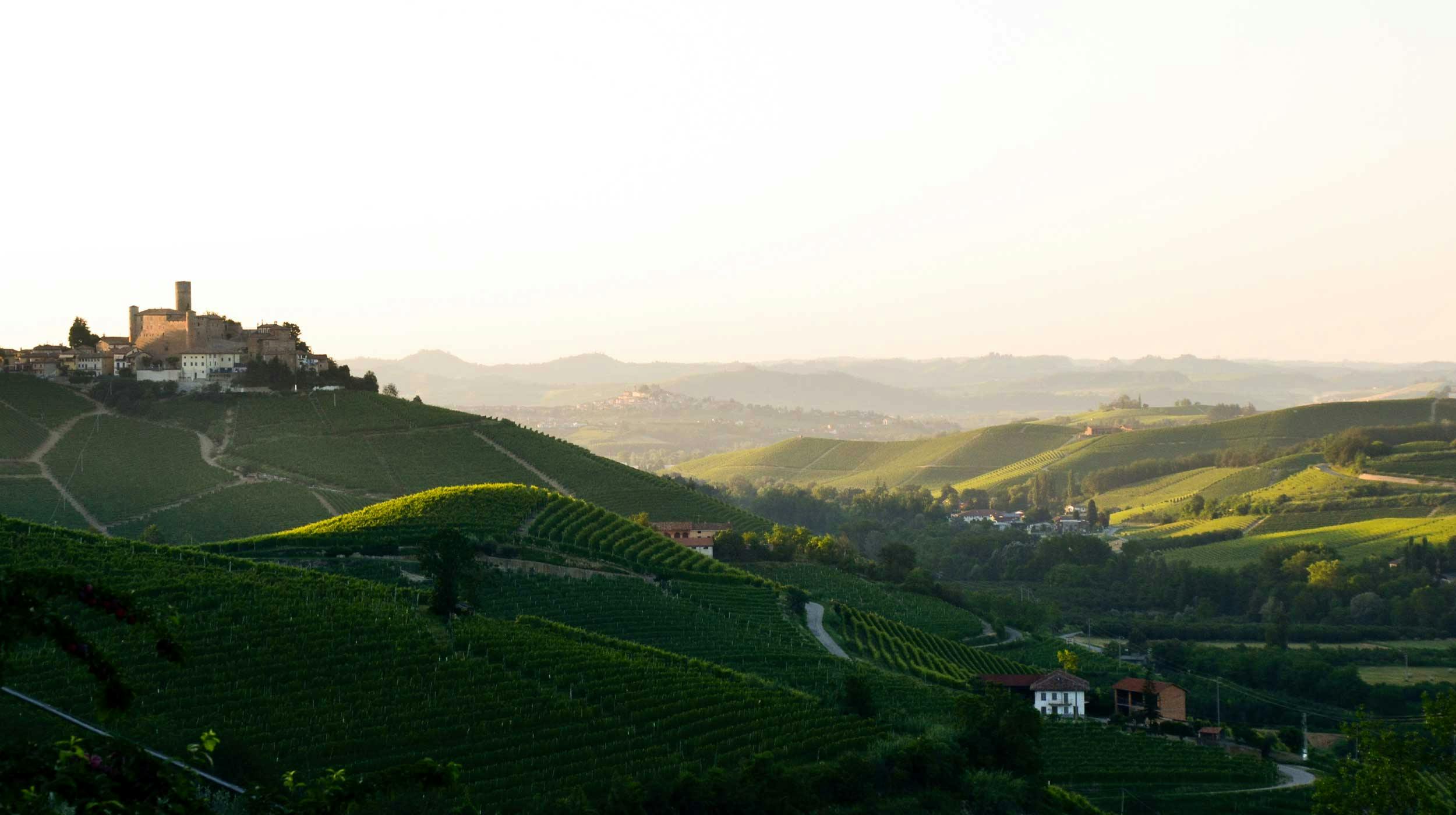
Monforte - Bussia, Vigna PianpolvereNegli anni '80 Andrea Chionetti, aveva in progetto di coltivare una piccola vigna in Monforte d’Alba, per misurarsi con un vino diverso e quindi produrre qualche bottiglia di Barolo. Tuttavia, non se ne fece nulla, poiché Andrea morì nel 1988 insieme alla figlia maggiore. Solo molti anni dopo Maria, sua moglie, e l'altro figlio, Nicola, hanno realizzato il vecchio sogno, acquistando nel 2015 la loro prima vigna di Barolo a Pianpolvere (Bussia), nel comune di Monforte d’Alba.
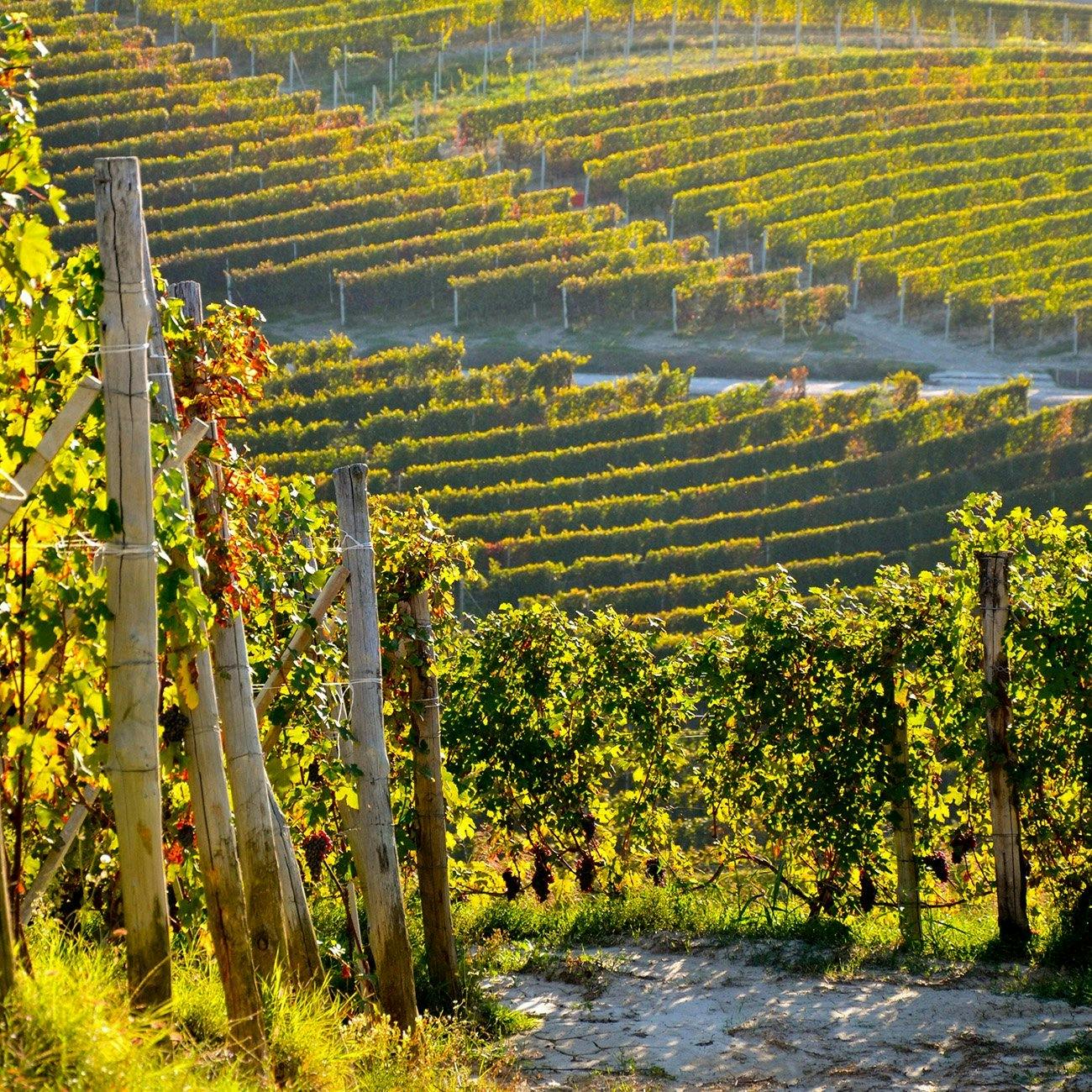
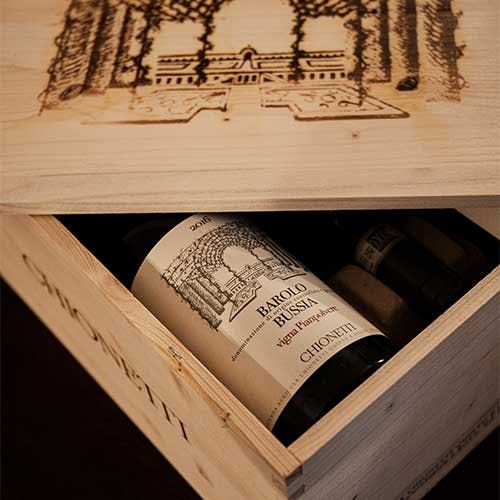
Pianpolvere è una zona straordinaria nell’area di bussia, originariamente riconosciuta come un singolo cru.
la vigna pianpolvere si trova sul dorsale della collina a circa 400 m s.l.m. e digrada sul versante rivolto a sud-ovest. data la posizione, ha mantenuto le caratteristiche originarie della roccia madre. si tratta quindi di un suolo chiaro, argilloso ma con una certa quantità di sabbia e ghiaia.
la formazione rocciosa di origine è quella delle marne di sant’agata fossili.
Parussi e Roncaglie
Il Parussi è situato nel comune di Castiglione Falletto, con un’esposizione sud-ovest a circa 220 metri di altitudine. Questo vigneto fa parte della formazione delle Marne di Sant’Agata Fossili Tipiche, con una leggera presenza di sabbia.
Il Roncaglie è invece posizionato nel comune di La Mora sul versante sud-est a circa 300 metri di altitudine; anch’esso è costituito dalle Marne di Sant’Agata Fossili, ma di tipologia laminate.
Ancora terroir e nuove prospettive
Oltre agli storici Dogliani e Barolo, ci dedichiamo a esplorare altre varietà tipiche della Langa: il Barbera e il Nebbiolo. Il Barbera d’Alba proviene dalla vigna di San Sebastiano a Monforte, mentre il nostro Langhe Nebbiolo è a Dogliani e offre la freschezza tipica del terroir doglianese.
Inoltre, abbiamo nel 2019 introdotto il Riesling. La vigna, da cloni di riesling renano, è sita in frazione Martina a Dogliani, a circa 600 metri di altitudine, una zona molto vocata della cosiddetta Alta Langa.
